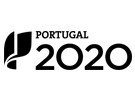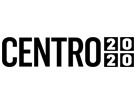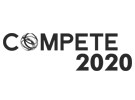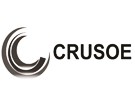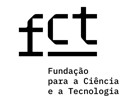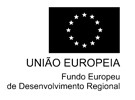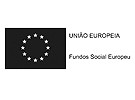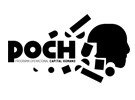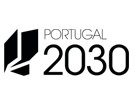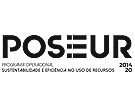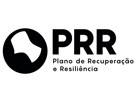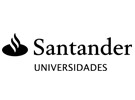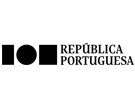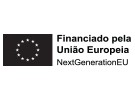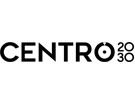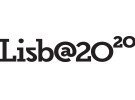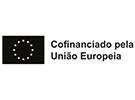


Publication in the Diário da República: Despacho n.º 2435/2023 de 17/02/2023
6 ECTS; 1º Ano, 2º Semestre, 30,0 PL + 30,0 TP + 5,0 OT , Cód. 964567.
Lecturer
- Tiago Alexandre Figueiredo Cacheiro (2)
- Rui Manuel Domingos Gonçalves (1)(2)
(1) Docente Responsável
(2) Docente que lecciona
Prerequisites
NA
Objectives
a) Knows the limitations in the quality of photographic optical image: geometrical and chromatic aberrations; spectral transmission of lenses and filters, spectral sensitivity of sensors.
b) Know how to technically operate 35 mm, medium and large format cameras, in all their functions.
c) Carries out a free-theme project, applying one of the techniques learnt.
Program
1) Sensitivity of analogue photographic materials.
2) Density and its relationship with exposure.
3) Sensitometric curve and its analysis.
4) Parameters extracted from the sensitometric curve.
5) Handling of small, medium and large format cameras, with any optical medium: development of a project, film development, delivery of enlargements.
6) Basic photometry: integrated and autonomous photometers.
7) Black and white analog photosensitive media: handling and processing.
Evaluation Methodology
Continuous assessment.
Theory (50% of the final mark): 35% final written exam, 15% research paper.
Practice (50% of the final mark): 2 exercises and 1 project, to be handed in at the end of term, accompanied by a brief report, each valued at 15% of the final mark;
Attendance and participation will be valued at 5% of the final mark.
To pass the course, the student must, at the end of the frequency period, have delivered all the practical exercises, have completed the written test and the research paper, have delivered the project and obtained a minimum final mark of 10/20. Any student who fails to obtain a minimum classification of 8/20 in any of the elements of assessment proposed above will be deemed to have failed. Any student who fails to deliver any element of assessment proposed above will be excluded from the exam.
The examination and appeal consists of a written test, and delivery of practical work that has not obtained the minimum mark of 10/20 in the continuous assessment. The mark to be awarded in examination periods will result from the sum of 40% of the theoretical component (written test) and 60% of the practical component (practical work delivered during the examination).
Bibliography
- Adams, A. (1995). The Camera. .: Ansel Adams
- Gonçalves, R. (2023). Sebenta da parte teórica - Câmara 2. (Vol. 1). (pp. 1-150). IPT: UDMF-ESTT-IPT
- Hedgecoe, J. (1991). Manual do Laboratório Fotográfico. Lisboa: Dinalivro
- Langford, M. (2009). Tratado de Fotografia. .: Omega
- Silveira Ramos, M. e Soudo, J. (2005). Manual de Técnicas Fotográficas. Lisboa: Cenjor
- Soudo, J. e Silveira Ramos, M. (2005). Manual de Óptica Fotográfica. Lisboa: Cenjor
Teaching Method
A - Interaction expositive method, theoretical lessons with projection interface
B - Laboratory practice where is carried out experimentation and application of knowledge acquired in the context of theoretical classes.
Software used in class
NA
